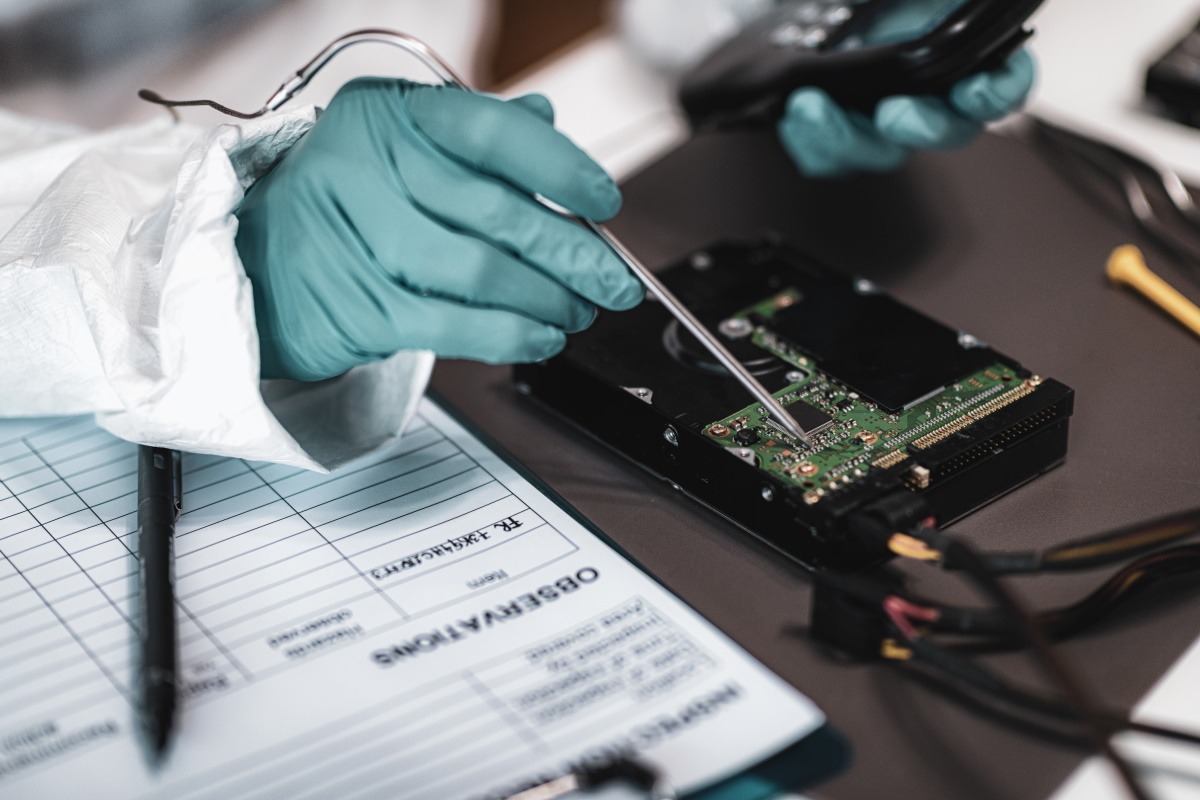Introduction
Digital Forensics is a field that has gained immense importance in the past few decades. With the rise of technology and the ever-increasing use of digital devices, the need for digital forensics has become more prominent than ever before. In this article, we will explore the various aspects of digital forensics, including its history, importance, applications, types, tools and techniques, challenges, and future.
The History of Digital Forensics
Digital forensics can be traced back to the early 1980s when personal computers started becoming more prevalent. The first computer crimes were committed around this time, and investigators realized the need for specialized tools and techniques to investigate them. Over the years, digital forensics has evolved from simple data recovery to a complex field that involves the investigation of cybercrime, intellectual property theft, and other high-tech crimes.
The Importance of Digital Forensics
Digital forensics plays a crucial role in today’s world. With the proliferation of digital devices and the internet, cybercrime has become a significant threat to individuals, businesses, and governments. Digital forensics helps in the identification, preservation, and analysis of digital evidence, which can be used to solve crimes and bring the perpetrators to justice. It also helps in preventing and detecting cyber attacks, protecting intellectual property, and ensuring compliance with regulations and policies.
Applications of Digital Forensics
Digital forensics has a wide range of applications. It is used in criminal investigations to gather evidence from computers, mobile devices, and other digital media. It is also used in civil litigation to help resolve disputes involving digital evidence. In the corporate world, digital forensics is used to investigate employee misconduct, intellectual property theft, and cyber attacks. It is also used in government agencies to investigate cyber threats and protect national security.
Types of Digital Forensics
Digital forensics can be divided into several types, including computer forensics, mobile device forensics, network forensics, and forensic data analysis. Computer forensics involves the investigation of computers and other digital devices to gather evidence related to a crime. Mobile device forensics involves the investigation of smartphones, tablets, and other mobile devices. Network forensics involves the analysis of network traffic to identify and investigate cyber attacks. Forensic data analysis involves the use of statistical and analytical tools to identify patterns and anomalies in large datasets.
Digital Forensics Tools and Techniques
Digital forensics involves the use of specialized tools and techniques to investigate digital devices and media. These tools and techniques include imaging, hashing, data recovery, keyword searching, and timeline analysis. Digital forensics investigators also use specialized software to analyze digital evidence, such as EnCase, FTK, and X-Ways Forensics.
Challenges in Digital Forensics
Digital forensics is a challenging field due to the constantly evolving technology and the increasing sophistication of cyber criminals. Investigators need to keep up with the latest tools and techniques to stay ahead of the criminals. They also need to deal with issues such as data encryption, cloud computing, and privacy concerns. Additionally, the sheer volume of digital evidence can make it challenging to identify relevant evidence and analyze it effectively.
Future of Digital Forensics
Digital forensics is expected to continue to grow in importance in the coming years. As technology evolves and becomes more complex, the need for specialized digital forensics skills will increase. Additionally, the rise of the Internet of Things (IoT) will create new challenges for digital forensics investigators, as more and more devices become connected to the internet. Advances in artificial intelligence and machine learning may also play a role in the future of digital forensics.
Conclusion
Digital forensics is a field that has become essential in today’s world. It plays a crucial role in solving crimes, preventing cyber attacks, protecting intellectual property, and ensuring compliance with regulations and policies. With the increasing use of digital devices and the internet, the importance of digital forensics is only going to grow in the coming years.
